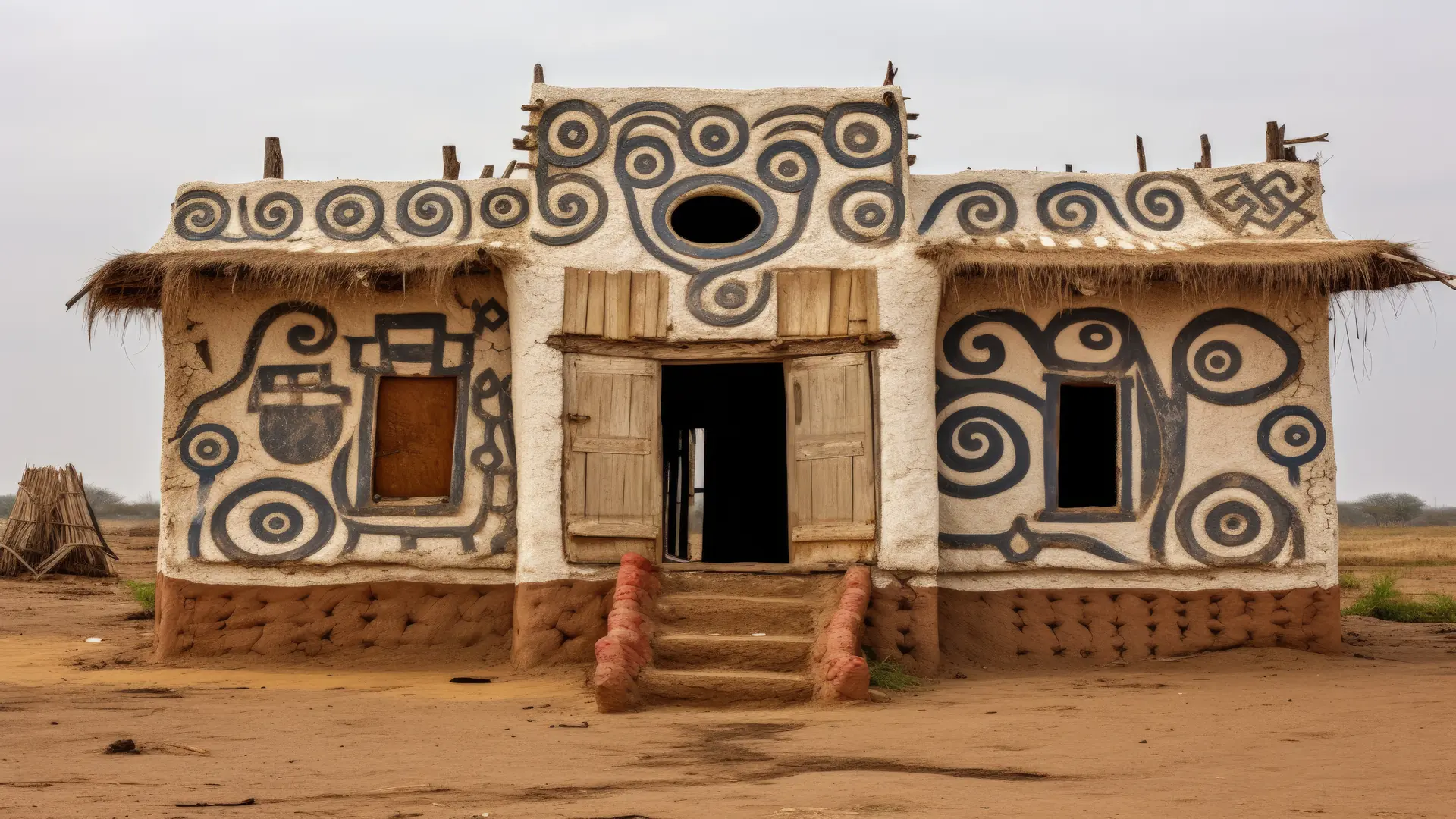
Kenya’s architecture is a captivating blend of the old and the new—a living story that weaves traditional designs, local culture, and modern vision into buildings that feel both rooted and fresh. From centuries-old Swahili homes with carved wooden doors to sleek towers that define Nairobi’s skyline, here’s a journey through how Kenyan architecture respectfully pairs tradition with modernity.
On the coast, places like Lamu Old Town showcase timeless Swahili architecture—structures made from coral stone and mangrove wood, featuring wide verandas, inner courtyards, and beautifully carved doors. These homes are not only elegant but designed to stay cool and welcoming in the warm sea air.
Maasai and Bantu HomesteadsFar from the coast, nomadic Maasai “manyattas” use sticks, mud, and cow dung to build lightweight, movable homes that reflect community and adaptability. Bantu and Kikuyu homesteads also follow circular, mud-built designs, where function and community come first.
These traditional homes teach us how thoughtfully crafted, locally sourced homes can feel right at home—and work—in their environment.
A striking example of post-independence Kenyan architecture, KICC’s circular tower and earthy tones echo tribal huts and landscapes while presenting modern elegance. It’s a landmark that says: Kenya moves forward while honoring the past.
Jomo Kenyatta International Airport (JKIA)With its sweeping curved roofs and light-filled spaces, JKIA mixes futuristic vision with warmth—using local stone and wood to create a terminal that feels open and welcoming.
Lamu-inspired Modern HomesArchitects like Urko Sánchez embraced Swahili forms in places like Lamu Apartments, blending wind towers and courtyards with Swahili motifs in a modern setting.
Meanwhile, the Karen Enkaji House reimagines a Maasai homestead with terraces, solar energy, and modern comforts, yet its form still tells a heritage story.
Inspired by termite mounds, this ICT center uses natural airflow for cooling, solar power, and local materials. It’s a smart, modern design rooted in the rhythms of the land.
CUEA Library – Bedrock CoolingInstead of loud air conditioners, this library uses the earth beneath the building to passively cool spaces. Simple, sustainable, and very thoughtful.
This Hindu temple, made of yellow sandstone from India and built using East African wood, combines careful religious architecture with local craftsmanship—bringing two worlds together in peaceful harmony.
Built in the 1970s, this residential area blends modern, tiled-roofed structures with affordability and community needs—reflecting modern Kenyan identity in housing design. It’s where function and design meet.
Evolution of City BuildingsBuildings like the Village Market blend cultural motifs—waterfalls, lush gardens—into modern commercial spaces. Elsewhere, city buildings echo colonial designs but with clean, contemporary finishes.
Kenya’s architecture stands at a beautiful crossroads—where homes, temples, offices, and public buildings carry tradition and innovation alike. These buildings teach us that modernity isn’t a break from the past—it can be an embrace of what makes us local, wise, and rooted.
If you're walking through Nairobi or sitting in an old coastal courtyard, look up. You’ll see walls, curves, or shadows that quietly tell Kenya’s story—growing, honoring, and dreaming forward, all at once.